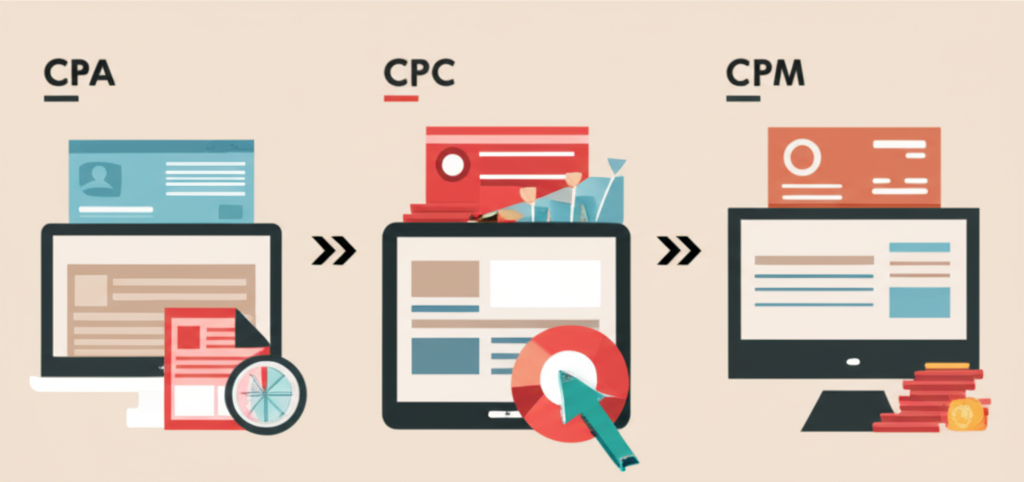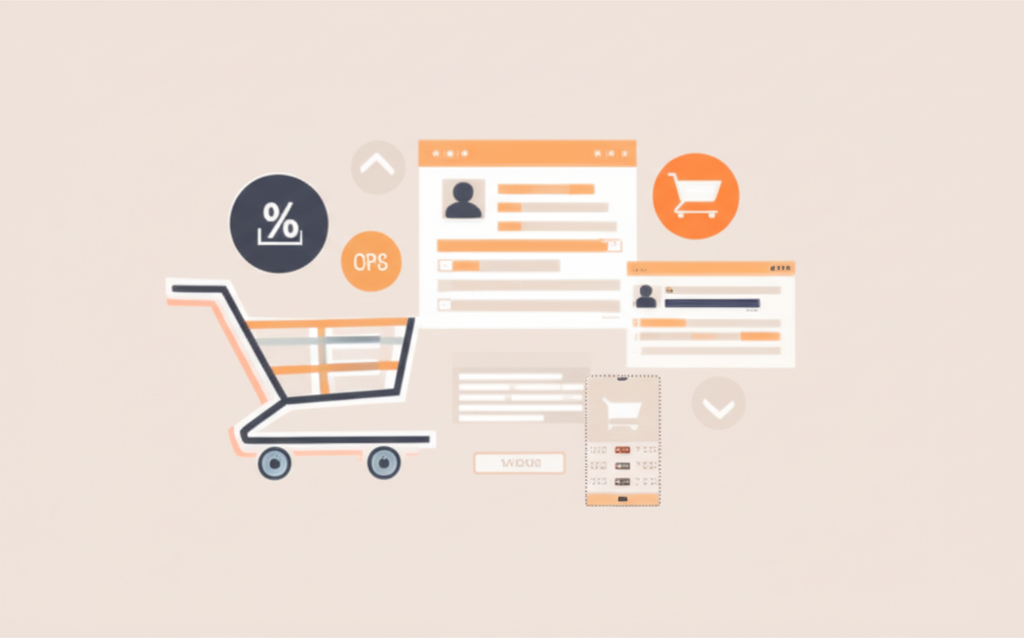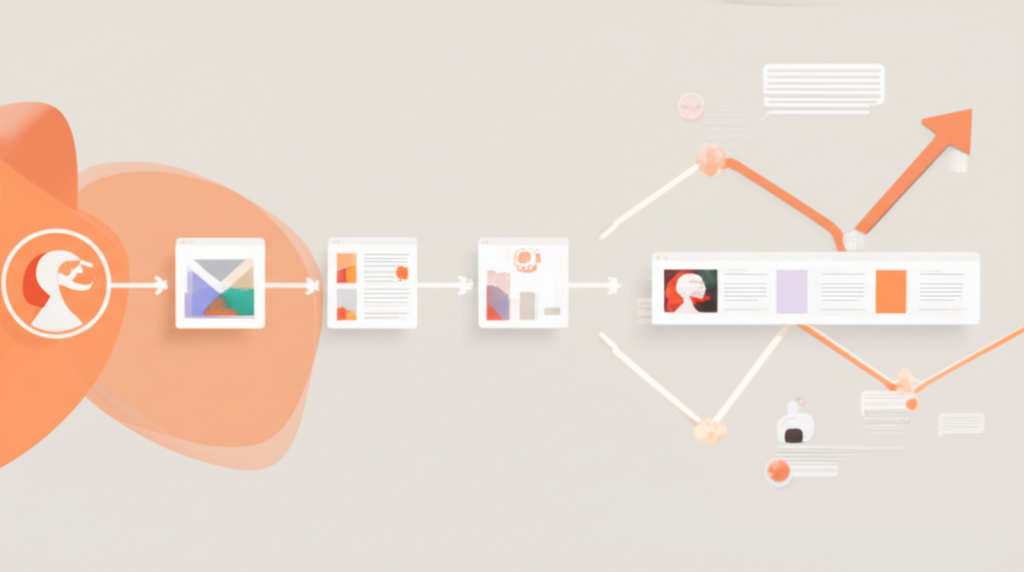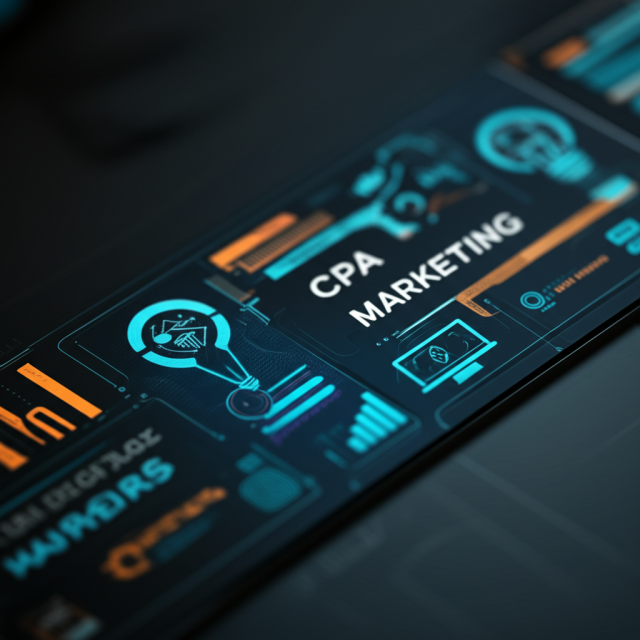The Ultimate CPA Marketing Guide for High-Profit Affiliate Campaigns
Welcome to your one-stop resource for mastering Cost-Per-Action (CPA) marketing and building affiliate campaigns that deliver exceptional ROI. Whether you’re a beginner curious about how CPA differs from other pricing models or a seasoned pro seeking advanced strategies, this guide walks you through every essential concept. You’ll learn to choose the right offers, target the perfect audience segments, leverage cutting-edge AI automation, and optimize for maximum profit—no fluff, just actionable insights.
Understanding CPA vs. CPC vs. CPM

At its core, CPA marketing charges advertisers only when a specific action—such as a form submission or sale—occurs. That contrasts sharply with Cost-Per-Click (CPC), where you pay per click regardless of outcome, and Cost-Per-Mille (CPM), where you pay per 1,000 ad impressions. Here’s how these models stack up:
- CPA: You shoulder minimal risk. Payment triggers on a completed action—leads, purchases, downloads. Great for precise ROI measurement and affiliate partnerships.
- CPC: You pay for clicks. Offers moderate control over outcomes, but click quality varies, and fraud can erode your budget.
- CPM: You pay for eyeballs. Best for brand awareness but poor for direct response since there’s no guarantee of clicks or conversions.
By visualizing these models side by side, you see that CPA shifts the onus onto publishers to deliver tangible results. Advertisers love the predictability, and affiliates earn only when they drive meaningful engagement—making CPA a win-win framework.
Exploring Key CPA Offer Types

Not all CPA offers are created equal. Understanding the main types helps you match your audience and promotional channels to the right deal structure:
- Cost-Per-Lead (CPL): You earn for each qualified lead—newsletter sign-ups, trial accounts, consultation bookings. CPL thrives on traffic sources like content marketing, social media, and list-building funnels.
- Cost-Per-Sale (CPS): Affiliates earn a percentage or flat fee when customers make a purchase. CPS suits e-commerce and physical product promotions where higher cart values justify more aggressive ad spending.
- Cost-Per-Download (CPD): Common in software and digital assets. You get paid for every completed download—ebooks, whitepapers, or free software installers.
- Cost-Per-Install (CPI): Mobile app-centric. Every app install triggered by your campaign adds to your earnings. Ideal for incentivized traffic, influencer promotions, and app review sites.
- Hybrid Models (CPL + CPS): Some offers combine lead generation with subsequent purchases, rewarding you for both stages. Hybrid deals can boost your average revenue per user, but they require seamless tracking and attribution.
Choosing the right offer type is critical. Evaluate your traffic’s intent, the complexity of the sales cycle, and your audience’s willingness to commit. A well-aligned offer type reduces friction and skyrockets your conversion rates.
Targeting the Right Audience for Maximum Conversions

Even the best offer falls flat if shown to the wrong people. Precision audience segmentation and smart targeting are your competitive advantages:
- Demographic Targeting: Break your audience into age groups, genders, locations, and income brackets. Use social platforms and ad networks to filter down to your most likely converters.
- Behavioral Targeting: Leverage interests and past behaviors—online shoppers, tech enthusiasts, fitness buffs—to tailor your creative, messaging, and landing pages.
- Lookalike Audiences: Feed your top-converting prospects into machine-learning algorithms on Facebook, Google Ads, or LinkedIn. The system finds new users with similar attributes, expanding your reach without sacrificing quality.
Combine first-party data (email lists, CRM records) with third-party signals (browser cookies, pixel-based retargeting). A multi-layered approach boosts relevance, lowers customer acquisition costs (CAC), and builds a pipeline of high-intent prospects.
Leveraging AI-Driven Automation in CPA Campaigns

AI and automation are no longer buzzwords—they’re growth levers. Integrating smart tools can transform manual grunt work into scalable, data-powered profit engines:
- Predictive Bid Adjustments: Machine-learning models analyze historical performance to automatically raise or lower bids based on conversion probability, time of day, device type, and geographic trends.
- Dynamic Creative Optimization (DCO): Rotate headlines, images, calls to action, and offers in real time, serving each visitor the variation most likely to convert. This granular personalization drives up click-through and conversion rates.
- Chatbots and Virtual Assistants: Qualify leads around the clock on landing pages. AI chat widgets ask pre-qualification questions, collect contact info, and schedule follow-ups—ensuring no lead goes cold.
- Automated Reporting and Alerts: Set up dashboards that refresh every hour and email you when key metrics cross thresholds—spikes in CPA, sudden dip in CTR—so you can react immediately instead of after the fact.
Embrace AI not just for optimization, but for innovation. Test entirely new ad formats, predictive segment scoring, and automated multi-channel attributions. The faster you iterate, the quicker you find profitable sweet spots.
Conclusion and Next Steps
CPA marketing rewards precision, creativity, and relentless optimization. By understanding the nuances between CPA, CPC, and CPM; choosing the right offer types; targeting your ideal audience segments; and harnessing AI-driven automation, you set the stage for high-profit campaigns that scale. Remember to track every click, form submission, and sale with robust attribution tools. Continuously A/B test landing pages, creatives, and bidding strategies. And most importantly, reinvest your winnings into new traffic sources and innovative technologies.
Now it’s your turn: pick one tip from this guide, implement it today, and measure the impact. Consistent, data-backed improvements compound quickly—and before you know it, you’ll be running affiliate campaigns that not only hit your targets but shatter them.









